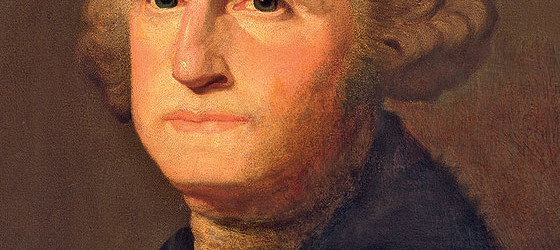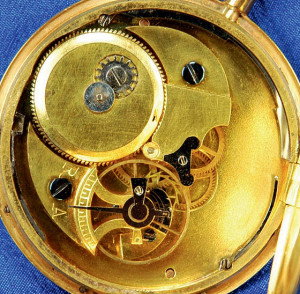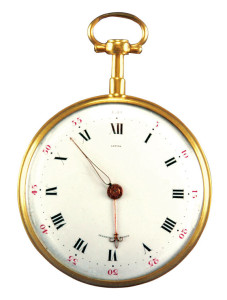George Washington owned a few watches in his lifetime but the most famous timepiece was his Jean-Antoine Lépine pocket watch.
In a letter to Gouveneur Morris (a Founding Father) in 1788, George Washington described his need of a new watch “well executed in point of Workmanship,” and asked Morris to look for one while he was in Paris on business. All he asked was for the watch to be gold, and be at least sort of similar in size to the one he knew Thomas Jefferson had given to James Madison, and that it have a “plain handsome key.” Outside of that, any nice watch would do. Washington left this task up to Morris because, at the time, it was believed that better and cheaper watches could actually be found in Paris rather than London, making Morris the perfect errand-runner for the future president.
Because Washington specifically name-dropped Jefferson in his letter, Morris’s first decision was to appeal to the man himself and ask for any watch-wisdom he could get his hands on. Surprisingly, Jefferson actually told Morris not to buy a watch from the same man he’d bought Madison’s watch from, calling the man a “rogue.” From there it got a bit silly.
Jefferson recommended Morris a man named “Romilly,” but Morris thought this man might end up being just as roguish as the first watchmaker, and so decided to ask around for information about this new watchmaker. First, an “honest” shopkeeper recommended another watchmaker named “Gregson,” then another man “assured” Mr. Morris that this “Gregson” fellow was definitely not trustworthy, and then together the man and the shopkeeper both agreed that the first man, “Romilly” was no good because his timepieces were terribly “out of fashion.” (You can imagine that in Paris, those were serious fightin’ words.)
Finally, Morris found out about the man known as Jean-Antoine L’Épine (who was apparently the best watchmaker in Paris all along). M. L’Épine was famous for having served as a clockmaker for Louis XVI, Louis XV, and Napoleon Bonaparte. Supposedly, the guy even worked with Voltaire to create watches meant to rival Switzerland’s Geneva-made watches. Naturally, L’Épine was the one to get Mr. Morris’s business. Gouveneur Morris ended up ordering two watches from M. L’Épine; one for himself, and one for George Washington. The watches were large and simple key-wound pieces with “virgule” escapements. “LEPINE” can be seen written on the dial below the 12 o’clock marker, with “Invenit Et Fecit” written above the the 6 o’clock marker. Together the two literally mean “L’Épine invented and made this.”Washington’s piece remained in his family until 1935.



